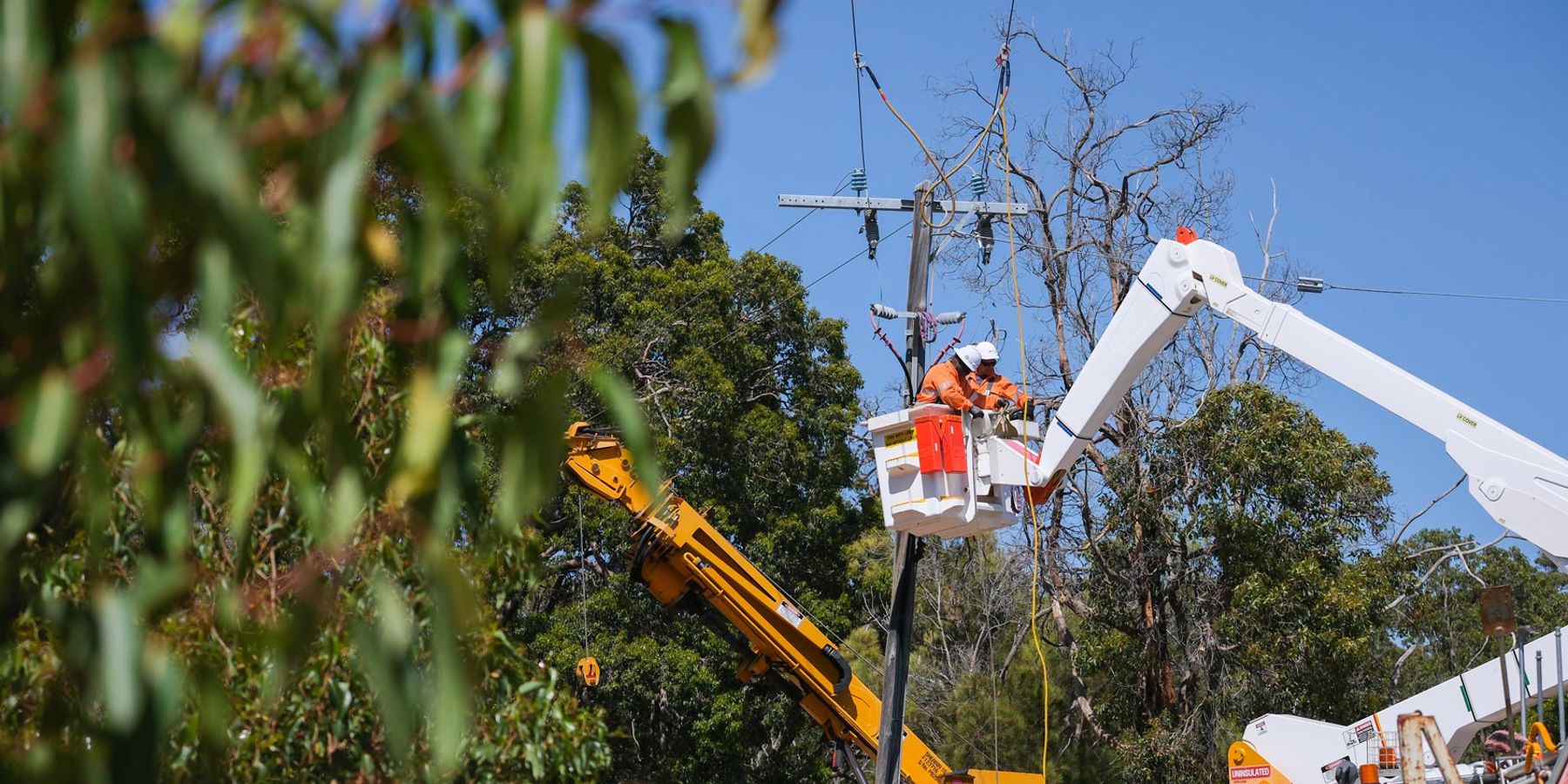Western Power is well underway in getting the network bushfire ready to minimise risk ahead of extreme weather forecasted for the coming summer.
The ongoing impacts of climate change and increased risk of bushfire as forecasted by the Bureau of Meteorology means Western Power is doing things differently as it continually refines the way it mitigates bushfire risk across the network.
Western Power Head of Asset Performance, Archana Viswanathan, said the business had invested $152M in infrastructure maintenance and upgrades, and vegetation management in addition to annual maintenance.
“As part of our commitment to delivering safe and reliable power supply to the community, we’re spending an additional $77M on pole replacements, $51M on conductor replacements and $24M on vegetation management to enhance safety and network resilience,” she said.
“We’ve inspected more than 150,000 poles in high and extreme fire risk areas and are replacing more than 6,500 insulators.”
“Our bushfire mitigation strategy now includes a mix of smart network settings and proactive management of poles and wires in high and extreme bushfire zones.”
“The safety of our crews and the community is critical, and we’ve worked closely with the Department of Fire and Emergency Services to make sure we have workable and effective exemptions in place to safely restore power on days where Total Fire Bans are in place.”
As part of a national approach, Western Power aligns with the Australian Fire Danger Ratings System to ensure its assets in extreme and high bushfire risk areas are managed safely.
“This involved altering our network settings to minimise the risk of network infrastructure causing a spark.
“This extra layer of safety means that during summer the devices that we normally use to automatically restore power quickly when there is a fault are modified to make them more sensitive.
“As a result, we may need to inspect power lines before automatically restoring which can result in longer outage times for customers,” she said.
“Many of our rural distribution feeders are over 100km long and pass-through different grades of bushfire risk areas, often in challenging terrains which are difficult to access."
“We have alternative options and strategies that can sometimes be used while safety restrictions are in place including the use of helicopters and drones to inspect areas that are inaccessible.”
“The combination of extreme heat and dry conditions means that we need the communities support to reduce the risk of bushfires.”
“We ask people to please keep trees away from powerlines on their properties and to follow the clearance zones for a safe minimum distance.”
If you see a fallen or damaged powerline or an emergency situation affecting the electricity network, stay clear and make the safe call on 13 13 51.
